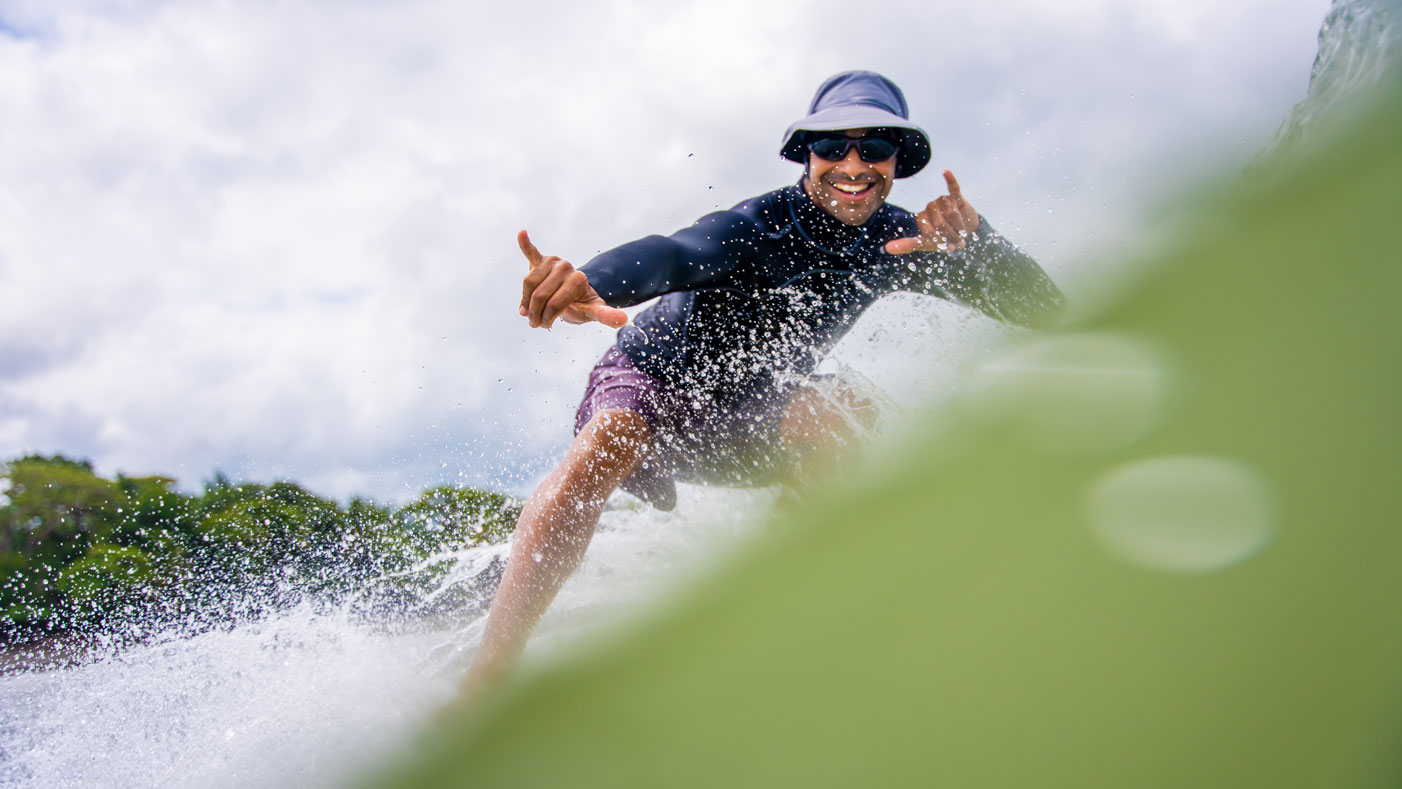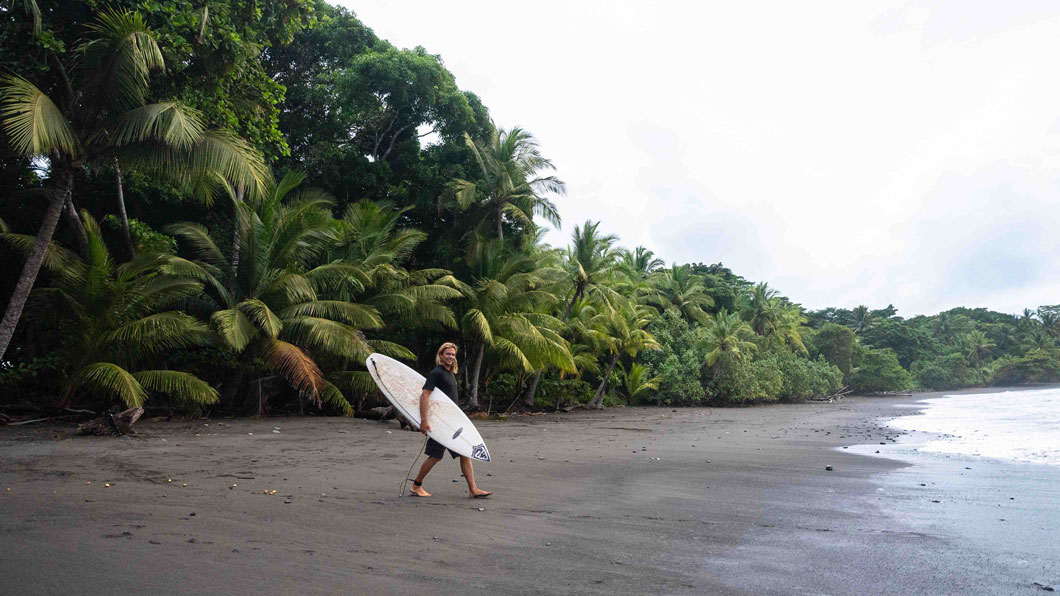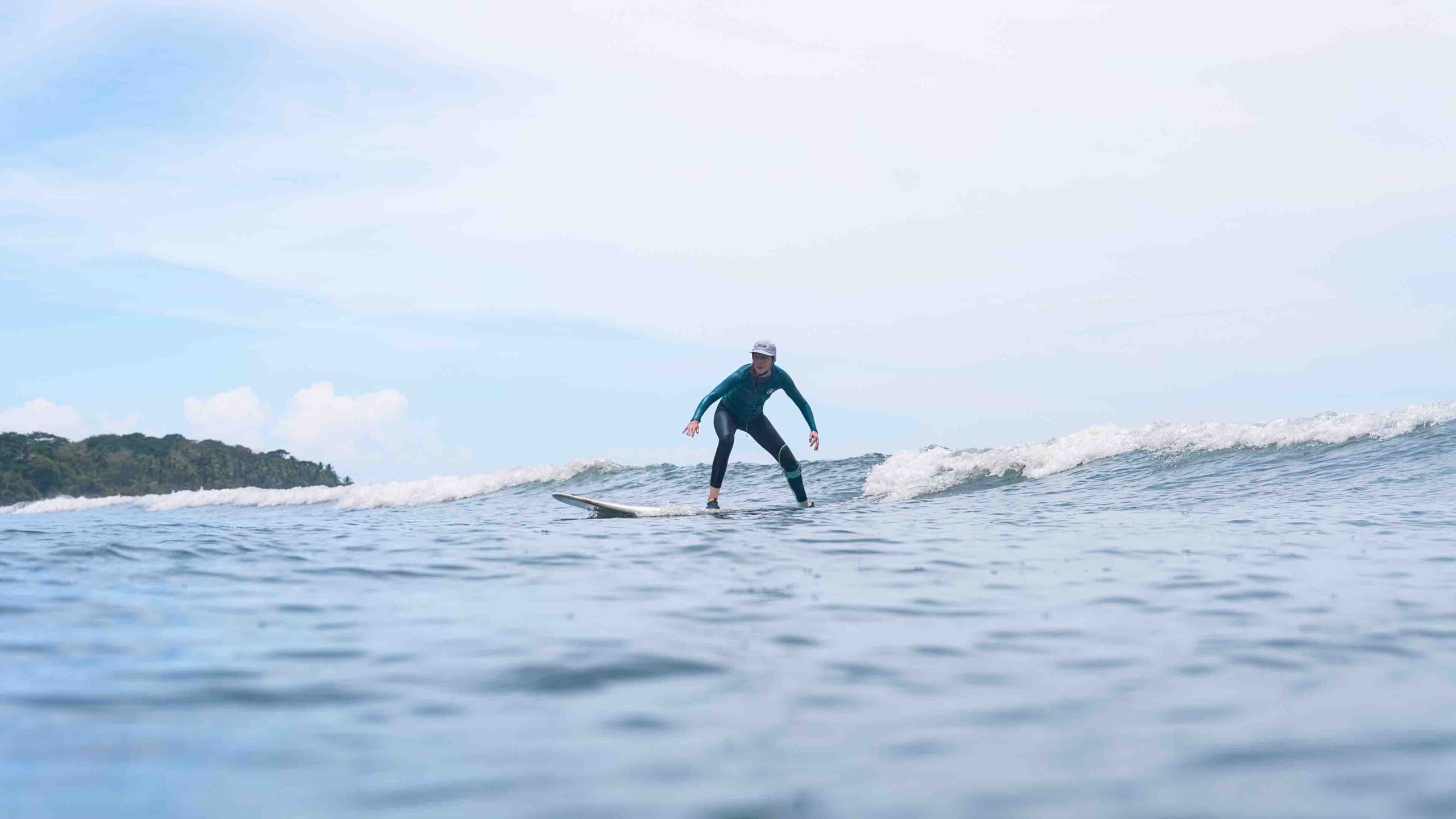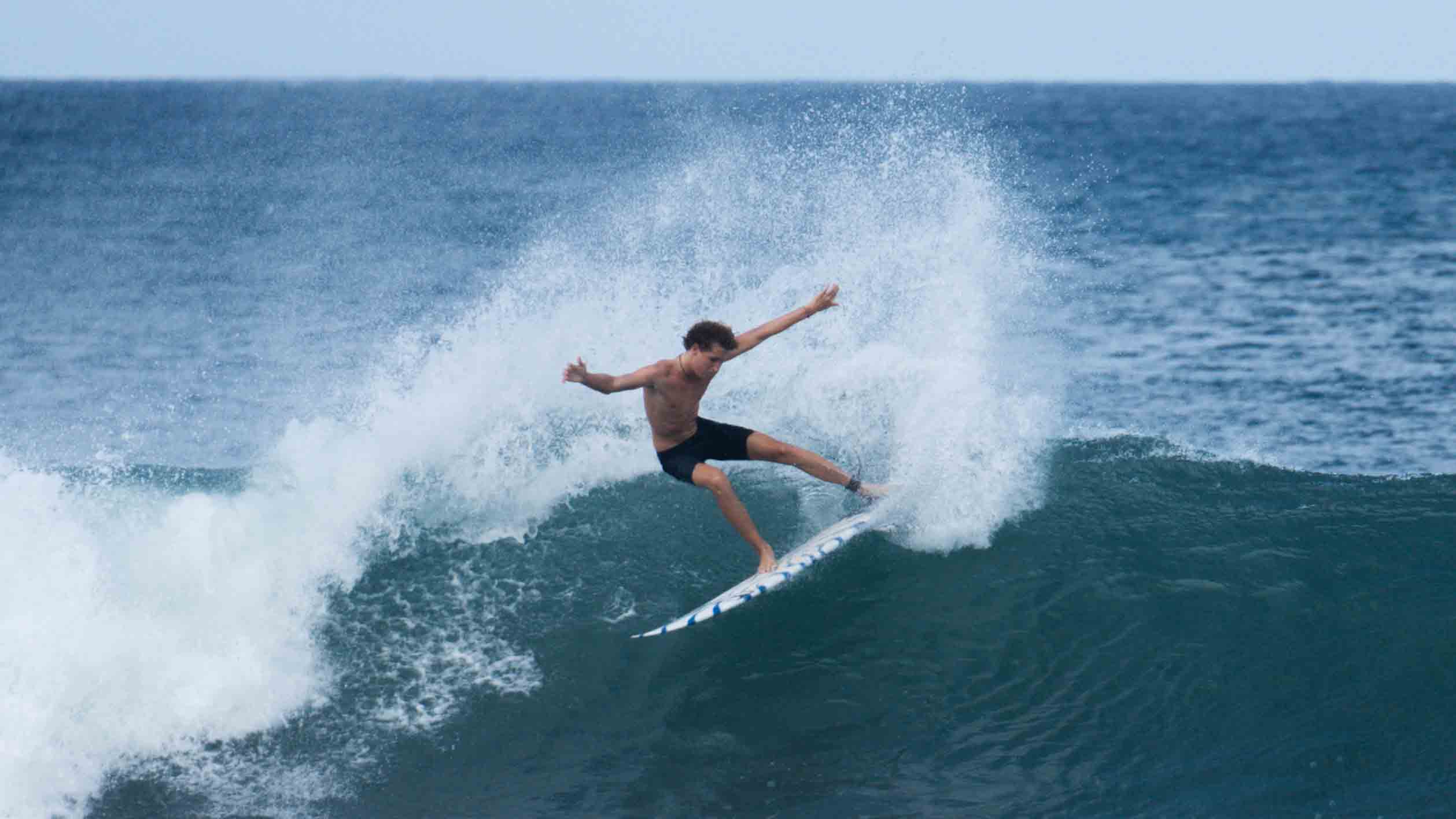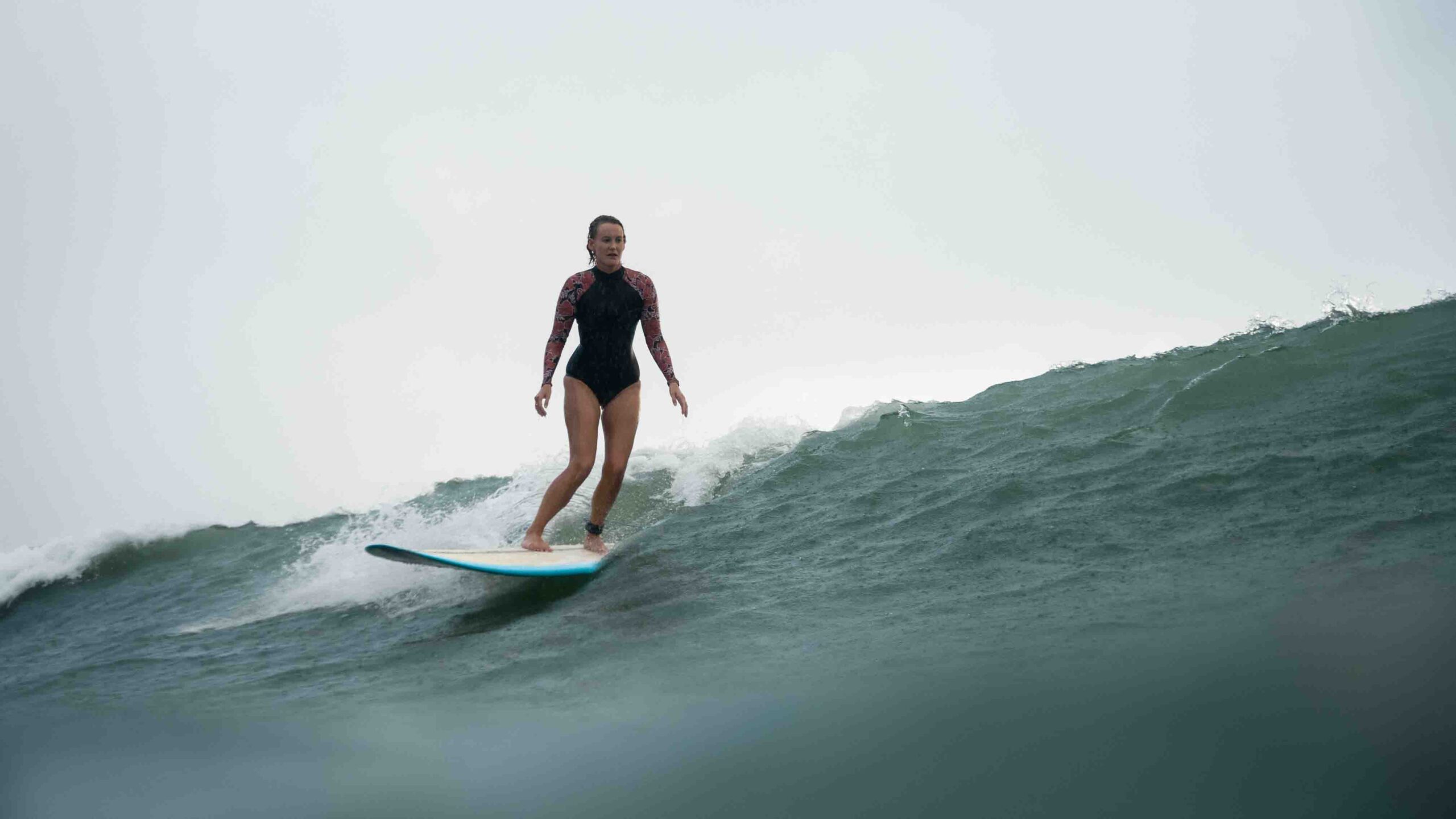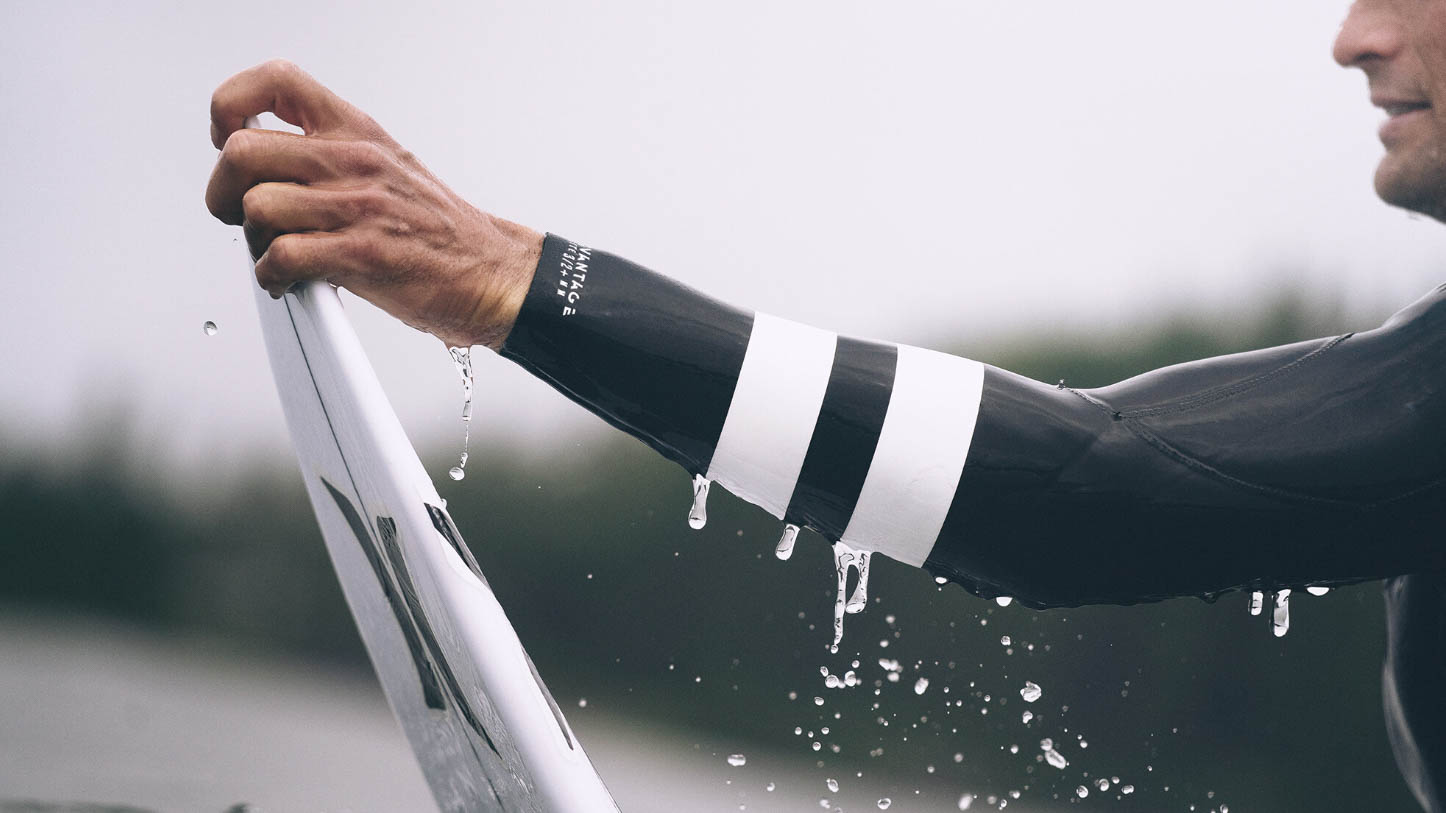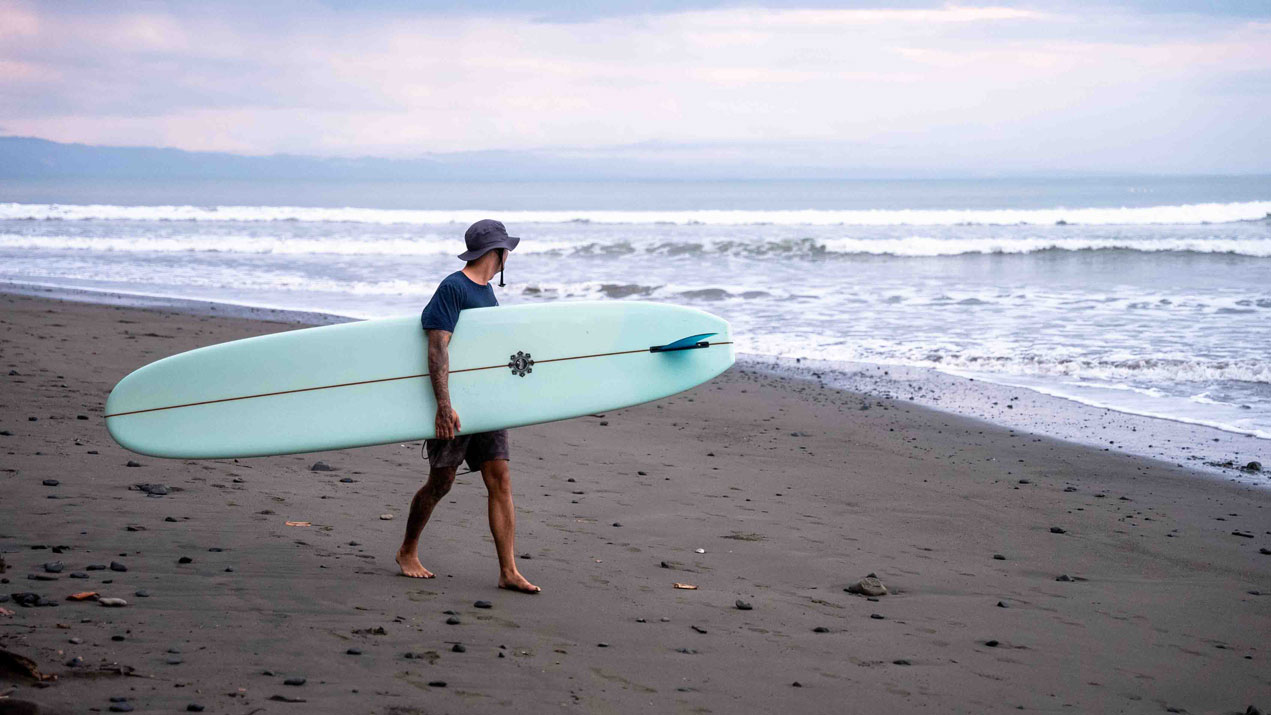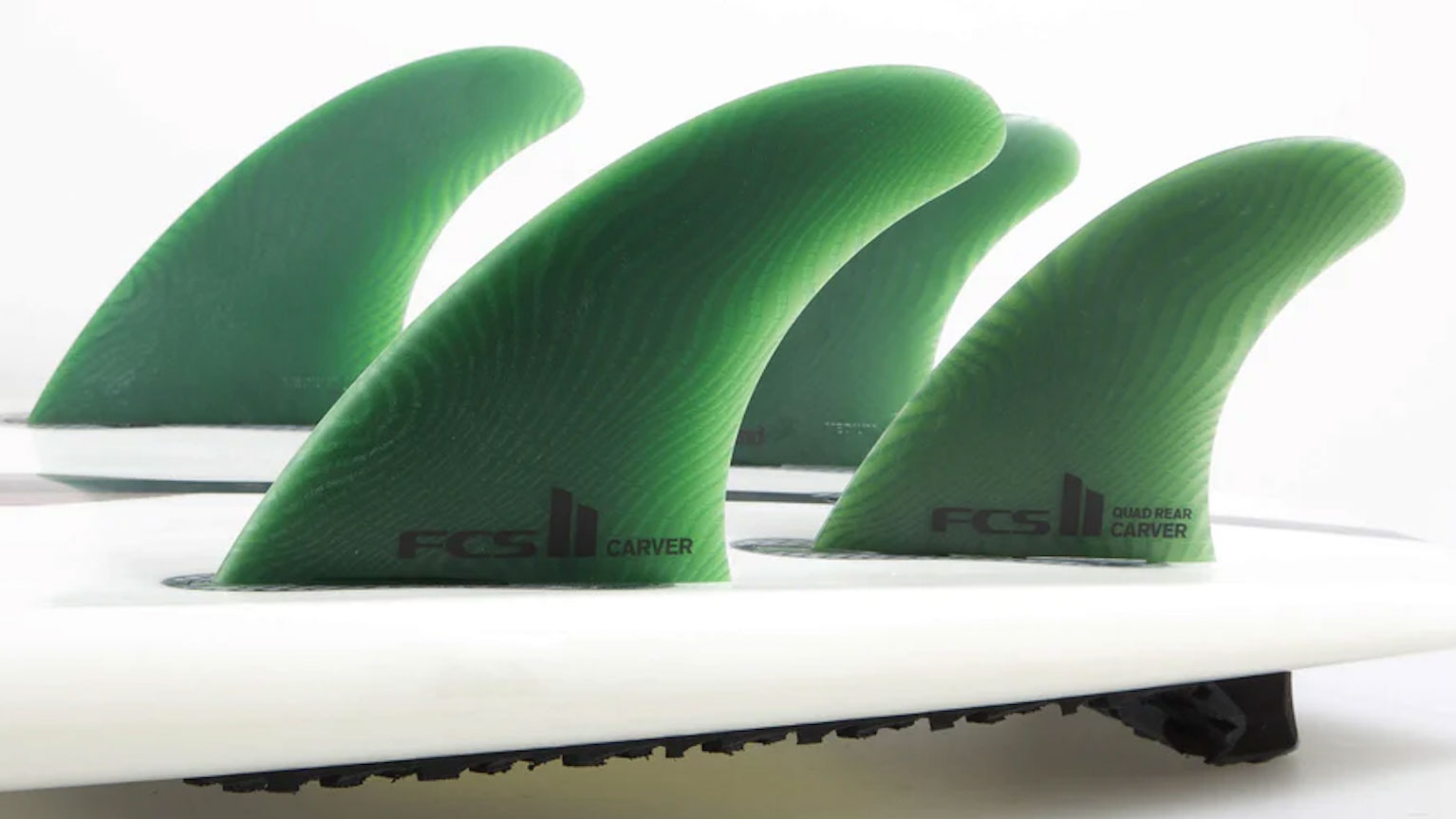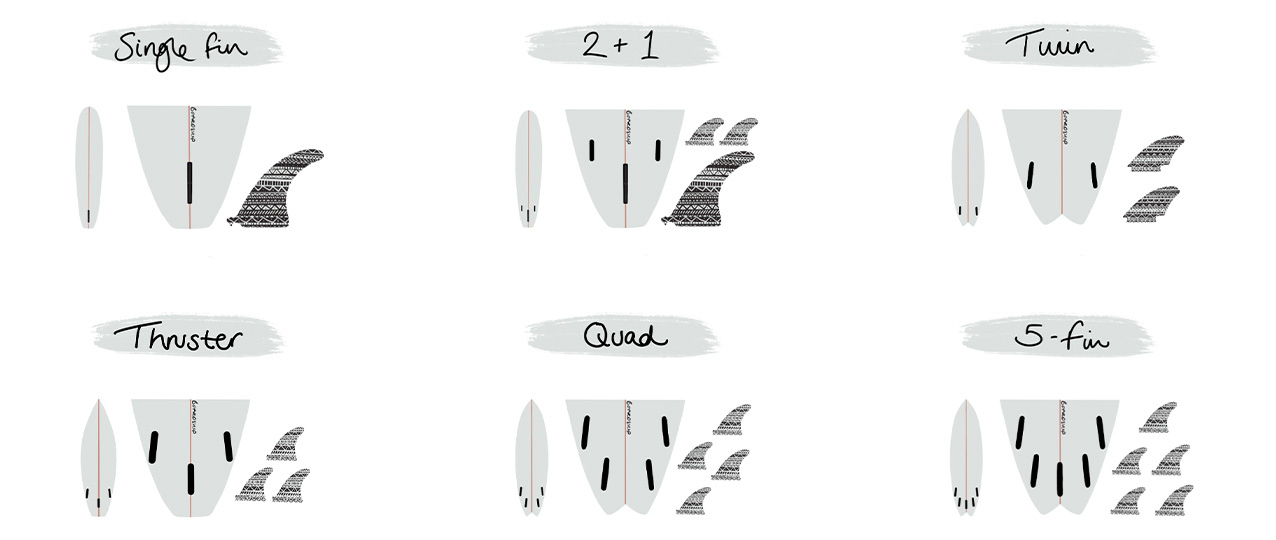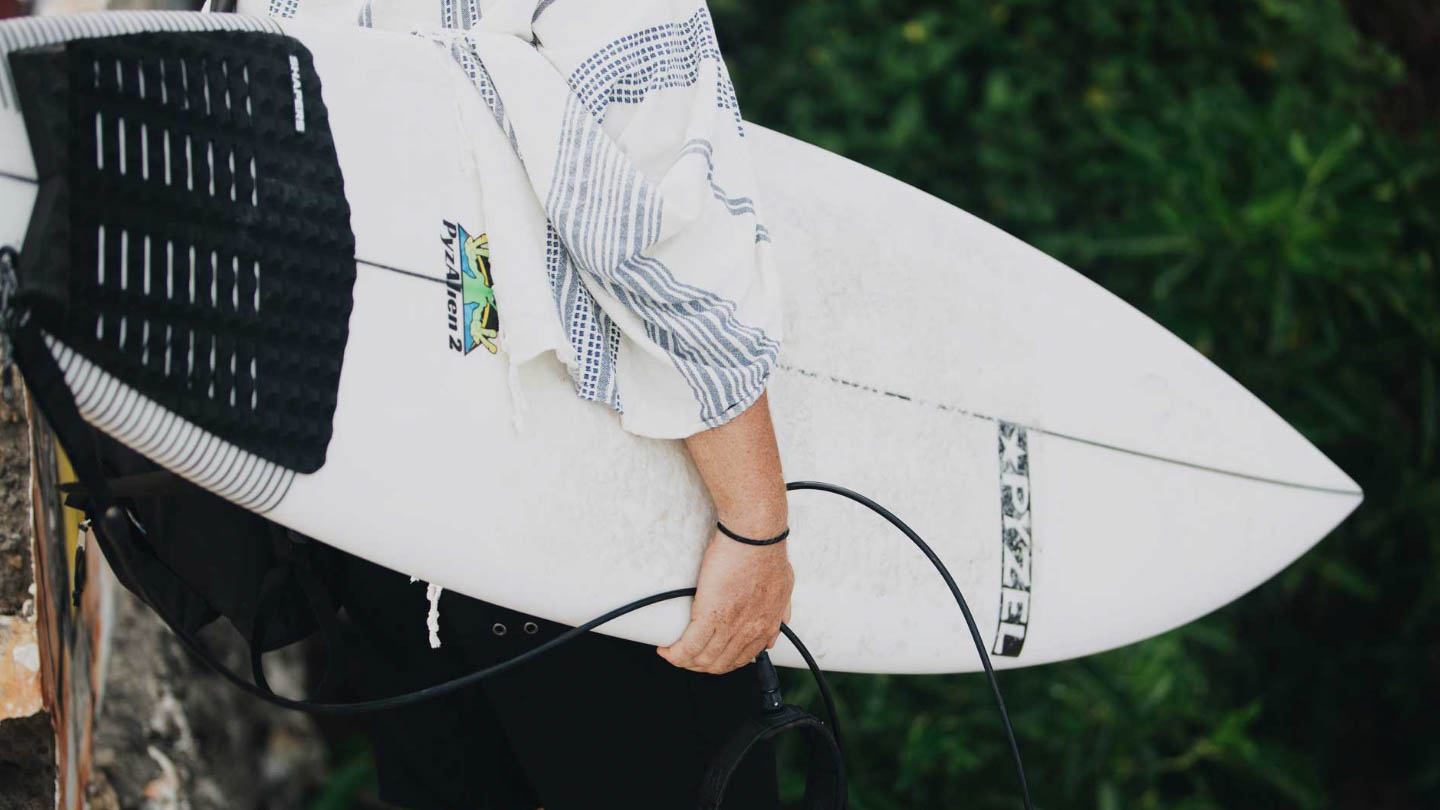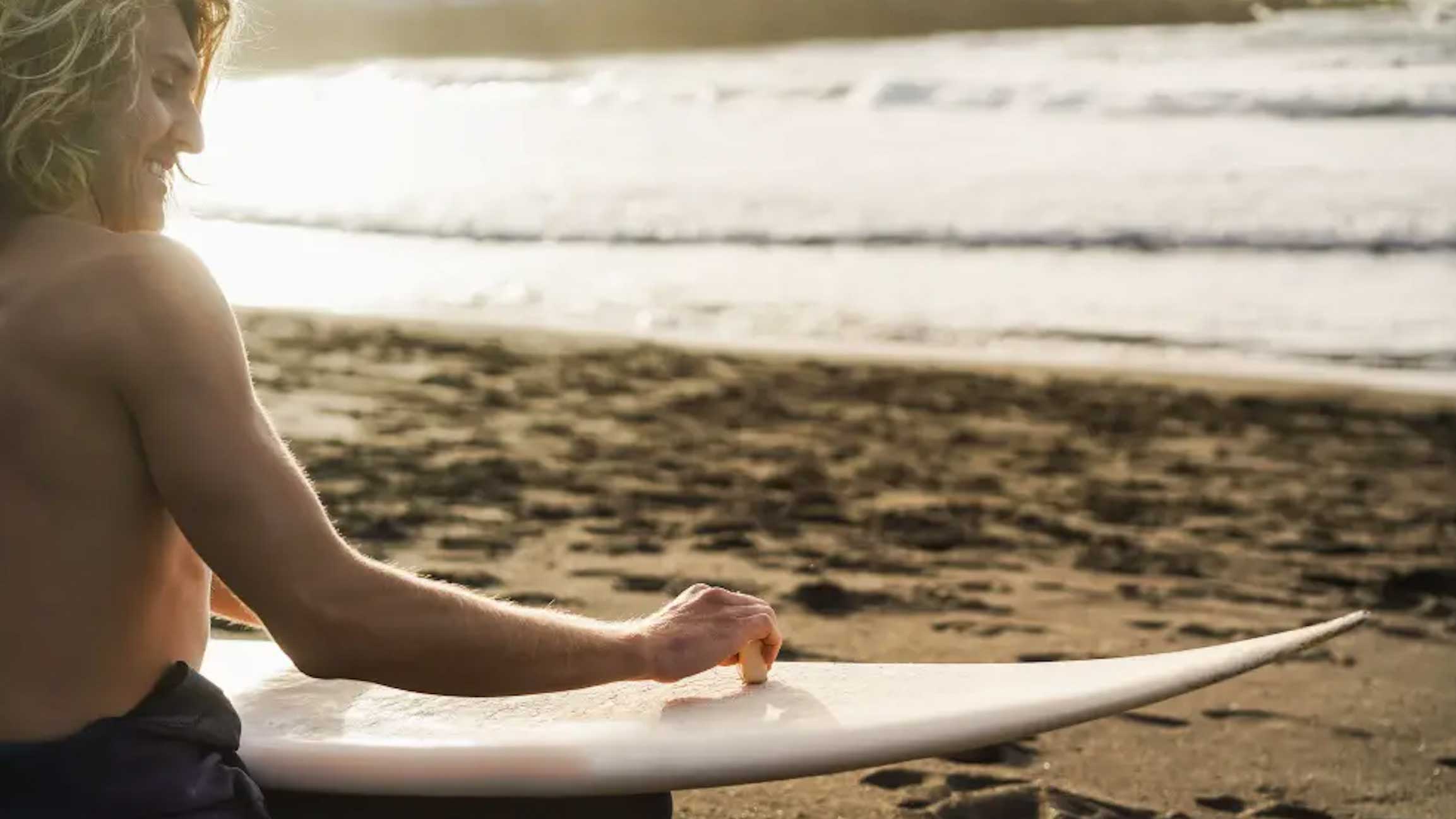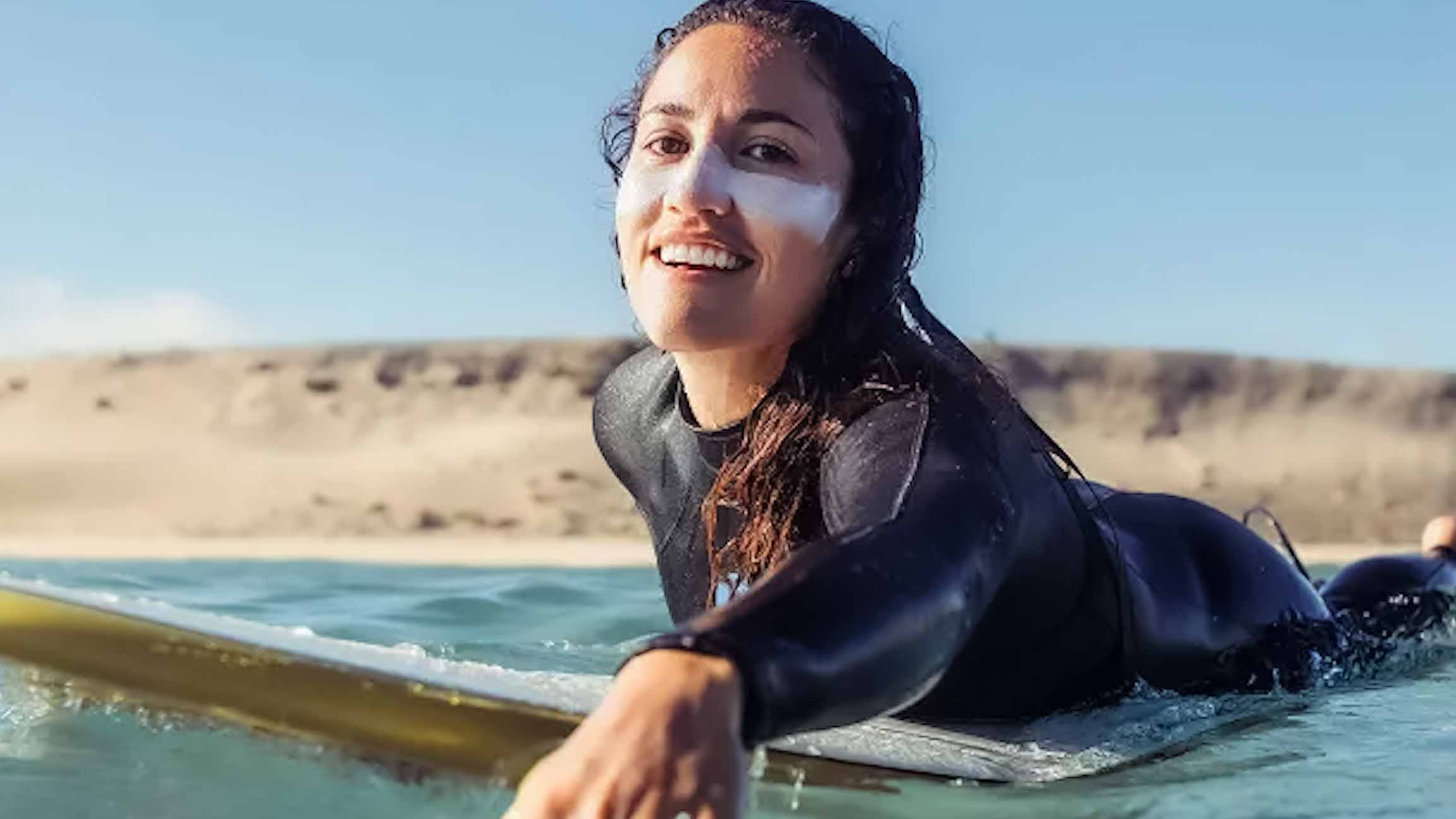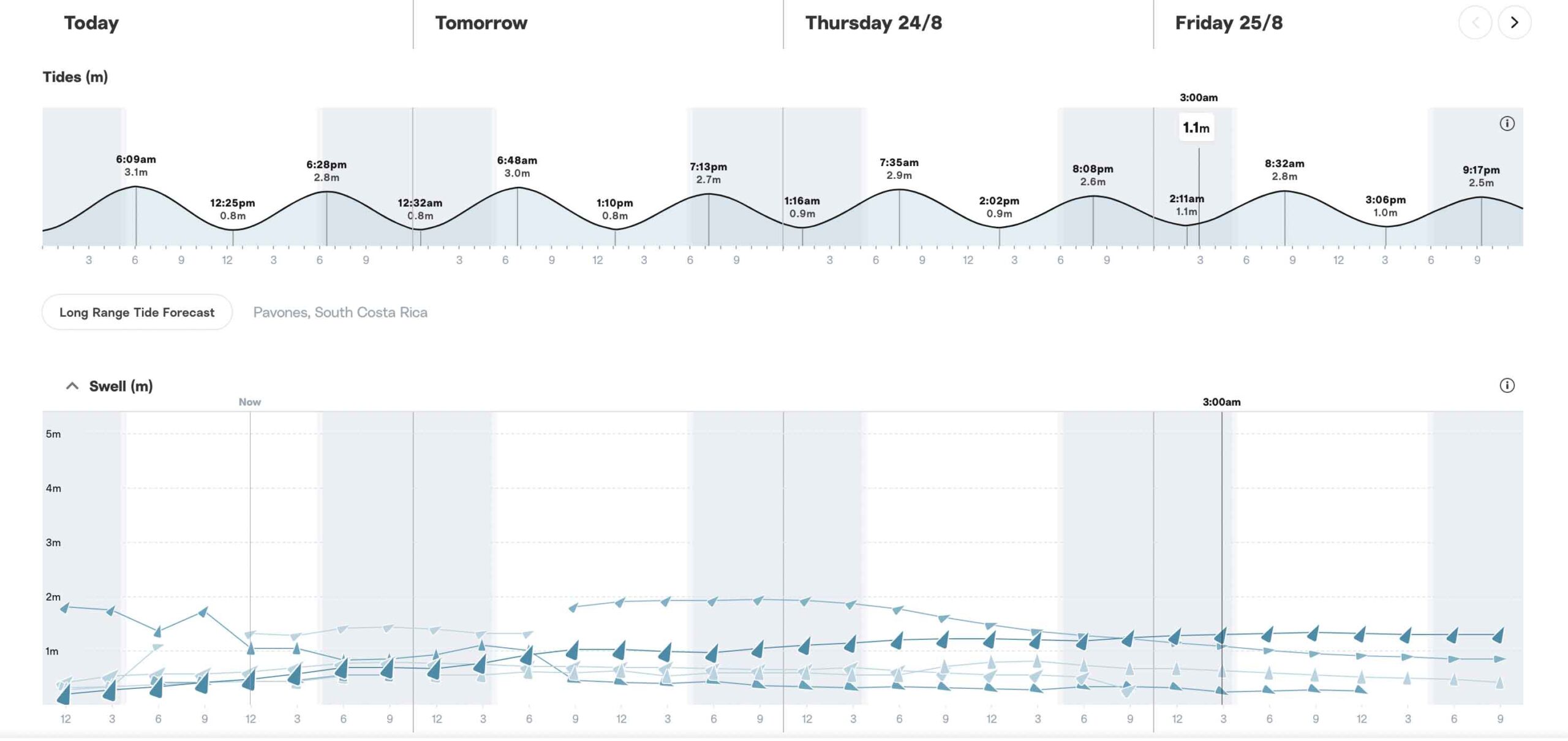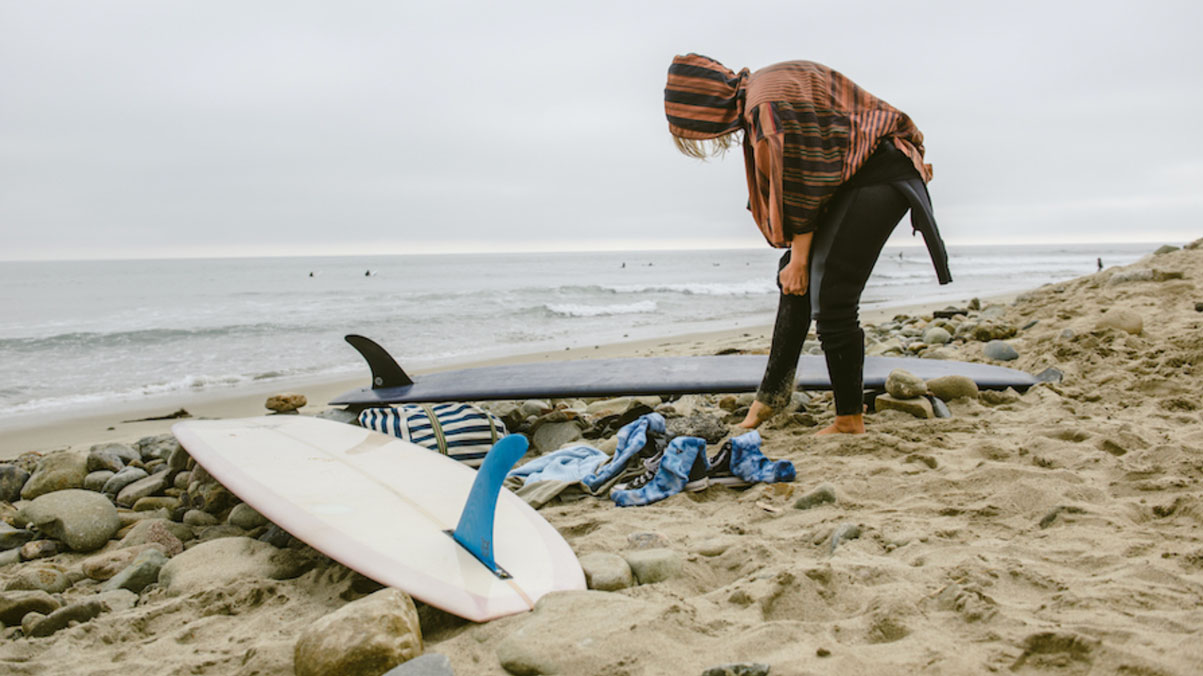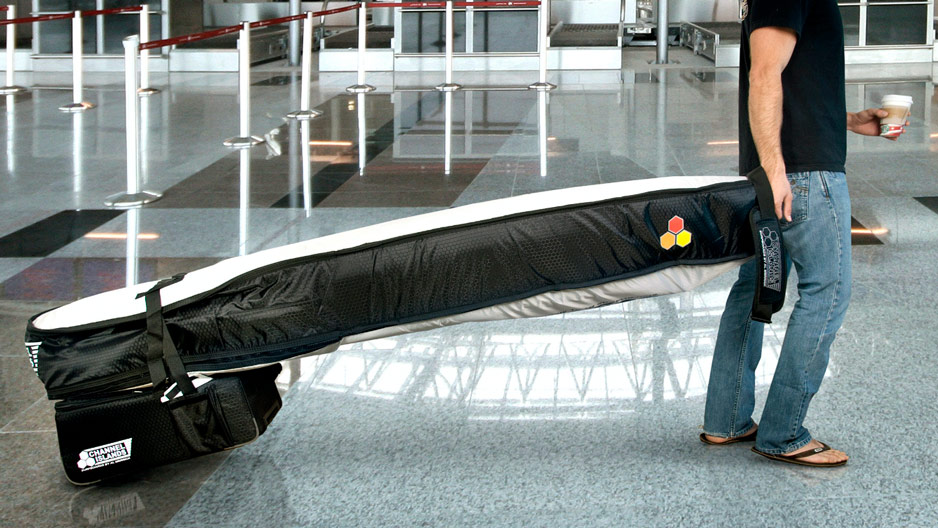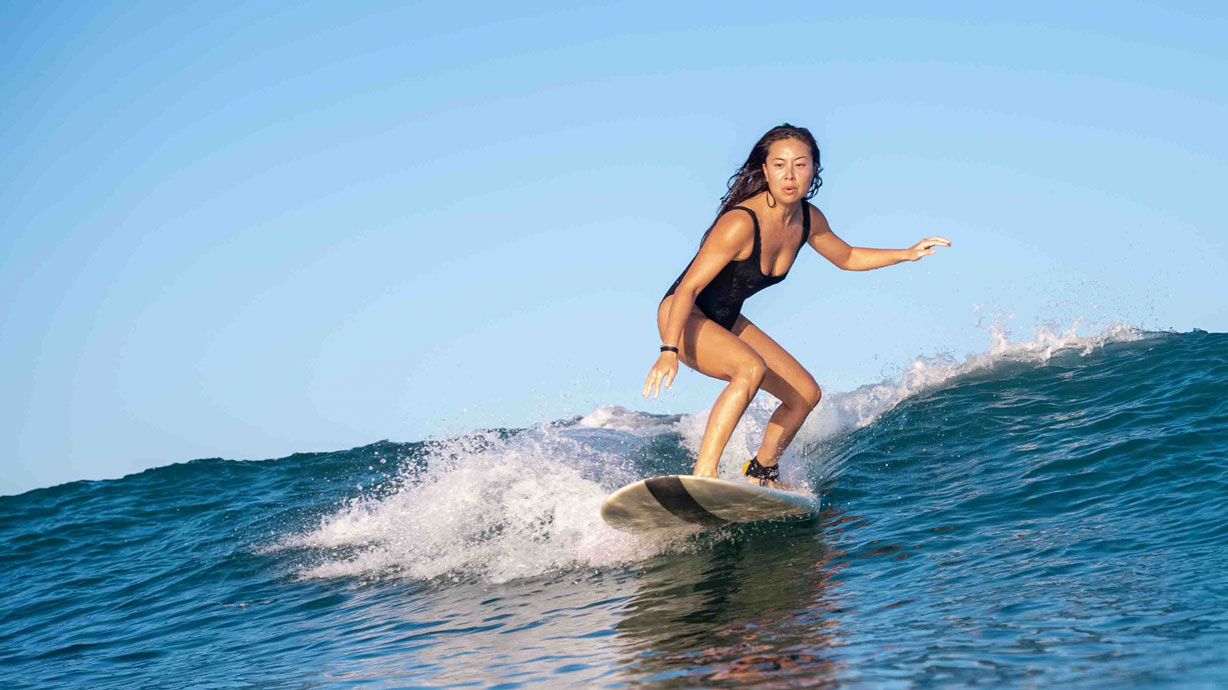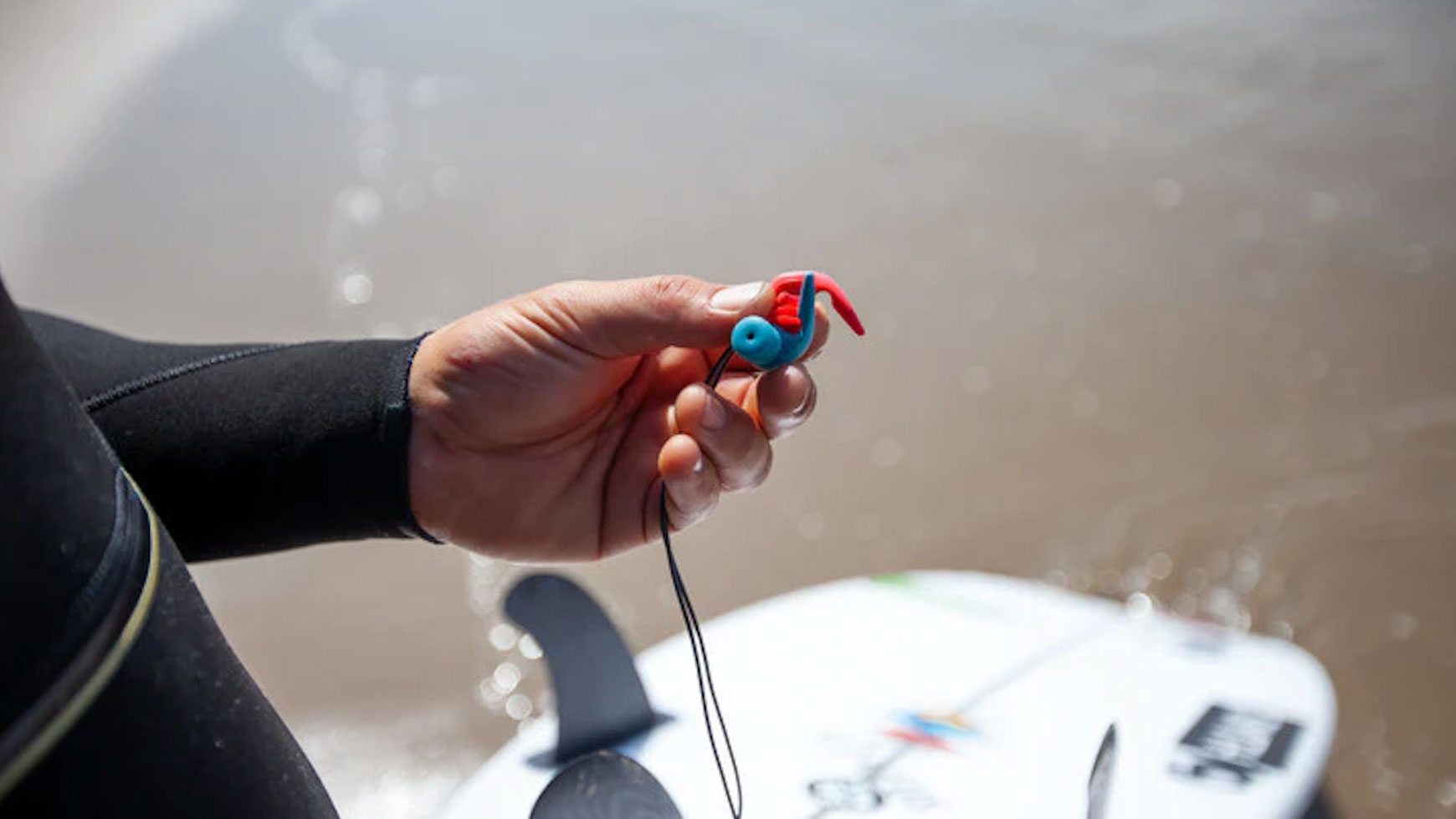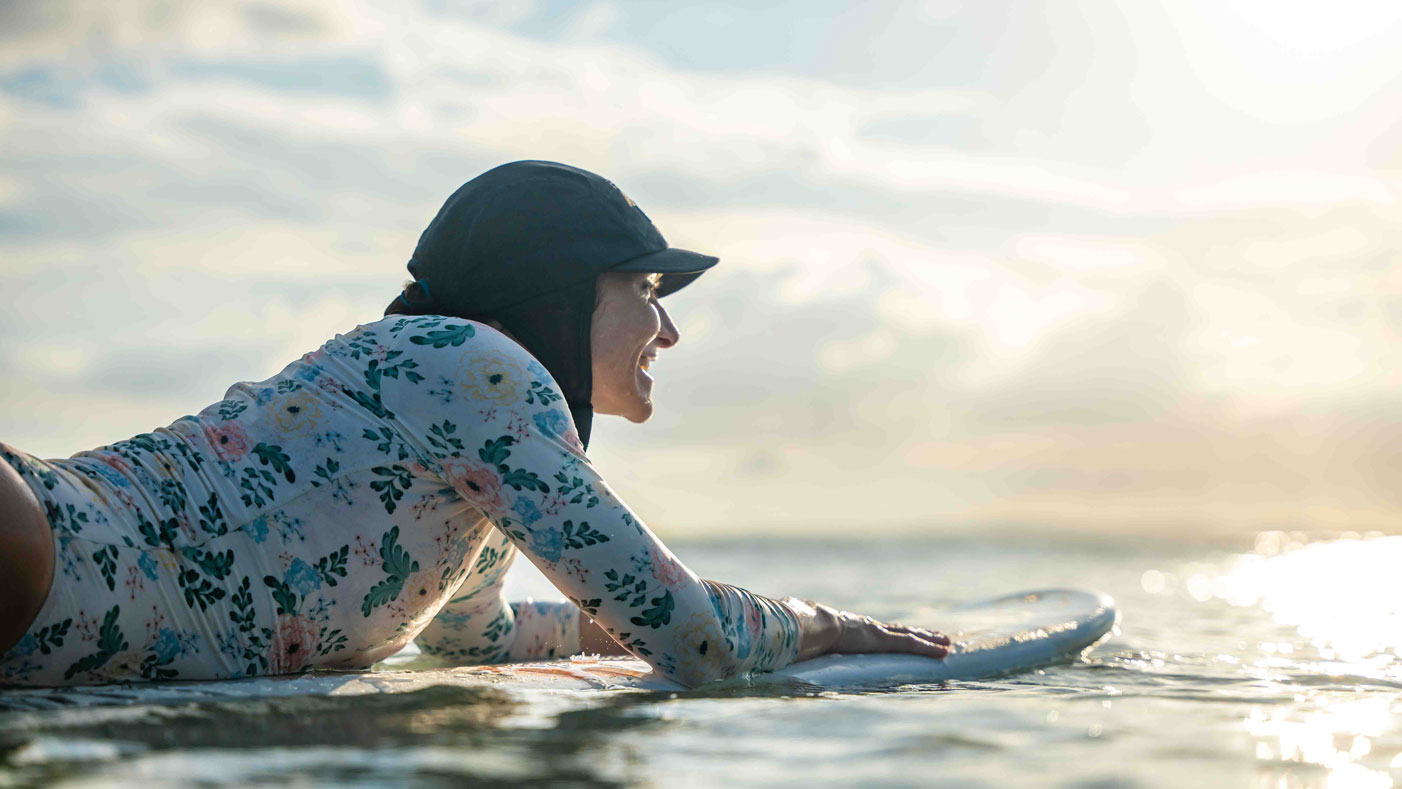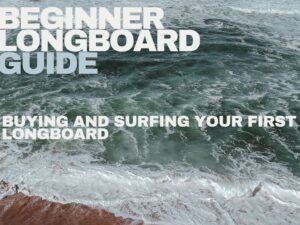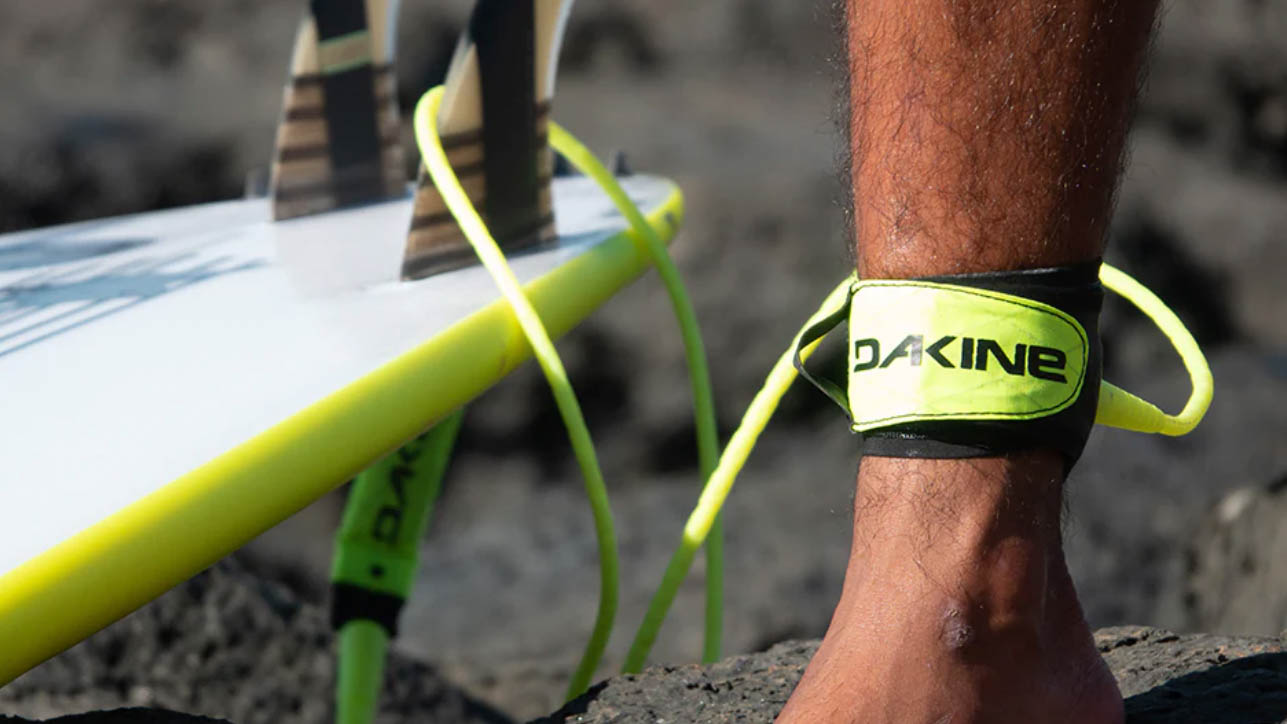
25 Aug Surf Gear Essentials For 2024: Everything You Need To Know
Wearing the right surf suit with the right surf gear, there’s nothing quite like the thrill of riding your first wave. Suddenly, you get the feeling of the ocean’s power beneath your feet, just like embracing the freedom that comes with it.
However, if you want to truly enjoy the beauty of surfing, your surf suit and gear should ensure you get that safe, comfortable, and exhilarating experience. With the countless health benefits of surfing, you’re sure to have a safer and more memorable time wearing the best surf gear there out there.
Soon, whether you’re just getting ready for your first surf lesson or seasoned enough to upgrade your surf gear, this ultimate surf suit and gear guide will walk you through everything you need to know.
Let’s dive in and make a splash in the surfing world with the right surf equipment!
Choosing the Right Surf Gear: The Surfboard
Later on, selecting the perfect surfboard becomes the most important step in your surfing journey. Besides, the right board can make all the difference in catching waves and enhancing your overall surfing experience, on top of your surf suit.
For beginners, a soft-top surfboard is the top choice, as it provides the ideal balance of buoyancy, stability, and forgiveness.
If you are a beginner surfer, a longboard between 8’0 and 9’6 is recommended for those just starting out, as it offers extra stability while learning the ropes. You can also find more information about longboards in this article.
For that reason, our favorite brand is Torq because they’re well built and keep a good value. The next good longboard brand is NSP. Equally, we use both surf gear brands at our surf retreat in Costa Rica.
As your skills improve, you might want to consider trying different types of surfboards to find the one that best suits your style and the wave conditions you’ll be riding.
Afterwards, once you become an intermediate surfer, a fun board 7-8′ or fish 6’4-6’11 might be the right choice for you. Epoxy boards with carbon fiber reinforced rails & tails are ideal for travelling because they’re less likely to ding easily. (Hayden Shapes, Firewire). This guide breaks down the differences between Epoxy and PU surfboards.
Although, most intermediate-advanced surfers prefer to ride a shortboard 6’0-6’10, it depends on the wave size and their paddling abilities. In addition, we have our favourite brands such as Sharp Eye, DHD, Hayden Shapes, Pyzel, JS Industries, Channel Islands and Lost. Fore more custom shapes, Morning of the earth and Boreal Surfboards.
To get a better idea of how much boards cost, check out our surfboard price guide.
Keep in mind that fins also play a key role in your board’s performance, so be sure to explore various fin setups to find the perfect match for your ride.
The Right Surf Suit For All Weather Conditions
Primarily, a surf suit, also known as wetsuits are essential for surfers, as they help keep you warm in cooler waters and provide protection from the elements.
Here, there are two main types of surf suit or wetsuits: spring suits, which are short-sleeved and short-legged or long-legged, and full suits, which cover the whole body.
The thickness of the wetsuit plays a crucial role in determining its warmth, with options ranging from 2mm to 4/3mm.
In like manner, when choosing a wetsuit, consider the water temperature and weather conditions. In chilly water, a full-suit steamer is your best bet, while a 0.5mm to 2mm spring suit or rash vest is ideal for warmer conditions.
To further enhance your comfort in cold weather, consider investing in surf suit accessories like boots, gloves, and surf caps.
Hurley wetsuits are our favourite, with a super warm wool on the chest part that allows to have a thinner wetsuit than other brand, for the same warmth.
If you would like to go for more eco-friendly option, Patagonia is the brand you should go with.
Rip Curl wetsuits are one of the best in terms of lifespan and warranty. Other brands of wetsuits : Xcel, Billabong, O’neil.
Essential Surf Suit, Gear And Accessories
Aside from the surfboard and wetsuit, there are a few more essential surf gear accessories that can improve your surfing performance and safety.
These surf gear include leashes, fins, and surf wax or traction pads, which we will discuss more in detail in the following subsections. Don’t forget to have a wax comb handy to maintain your surf wax application.
Leashes
At the same time, surfboard leashes are essential safety accessories that attach your surfboard to your ankle, preventing you from losing your board in the waves.
Moreover, leashes come in various sizes, ranging from 6ft to 9ft, to fit your board perfectly.
When selecting a surfboard leash, consider factors such as the size of your board, the thickness of the cord, and additional features like a double swivel and padded ankle strap for extra comfort and security.
We like leashes by Dakine the most as they have been around for a long time and proved their strength over the years.
For this reason, we prefer their leash for surfing bigger waves, however in Costa Rica the Roam and Creatures leashes are the most available surf gear you can choose from.
Fortunately, we’ve always had good experience using the Roam leashes as their customer service is great.
Fins
Fins play a crucial role in the performance of your surfboard by providing stability and control while riding waves.
There are 5 different types of fin setups, such as:
- Single-fin
- Twin-fin
- Thruster (3 fins)
- Quad (4 fins)
- Five-fin setups
- 2+1 (2 fins of a size and the center fin of another size).
Single fins
Single fins are the original and classic fin setup for surfboards like longboards, eggs, mid-lengths, and other retro or alternative shapes. In addition, they provide a smooth and stable ride with less drag compared to multi-fin boards.
Twin fins
Twin fins provide a thrilling blend of speed and maneuverability, making them ideal for small to medium-sized surf conditions.
Thruster
Thruster set up is the most popular fin setup used today due to its fantastic blend of speed, control, and predictability. Furthermore, this versatile setup works well with different surfboard designs and is suitable for all-round surfing conditions.
Quad fins
Quad fins setups blends attributes of the twin fin and the thruster. It adds down-the-line speed without the resistance and drag of the center fin in a thruster, which gives more hold and controlled maneuverability than the twin. The trade off is that it’s more difficult to gain fin disengagement surging up the wave crest.
Quad fins are ideal for racing down clean and powerful hollow waves because they offer more drive, hence it is easier to go faster and have more control when maneuvering inside a barreling wave.
Five fins
Five fins configurations offer versatility for surfers to mix and match fins based on conditions and skill level, seamlessly transitioning between twin, thruster, and quad setups without changing boards. Nevertheless, they adapt to specific waves, making them suitable for various conditions.
The 2+1 fin
The 2 + 1 fin setup enhances stability for longboards on steeper waves. It consists of two small tracking fins on the sides and a larger central fin.
This configuration allows surfboards to maintain speed like a single fin setup while providing better traction on larger waves.
Experimenting with different fin setups can help you find the perfect combination for your surfing style and wave conditions.
There are 3 different fin systems : FCS2 (most recent, screw-free), Futures, FCS1.
Surf Wax/Traction Pads
Having a good grip on your surfboard is essential for maintaining control and balance while riding waves. Additionally, surf wax and traction pads provide the necessary grip to keep you stable on your board.
While surf wax needs to be applied frequently to maintain grip, traction pads are a one-time installation that doesn’t require re-waxing.
How to wax your surfboard :
1. Trace some tiny lines in diagonal square with base wax.
2. Rub lightly but repetitively the base wax over the lines to create some bumps.
3. Pass on top another coat of tropical wax (if you are surfing in tropical water).
There is different wax for a different water temperature. If you are in tropics you should ideally use base wax first and then tropical wax.
Tropical wax is more sticky but will run off the board faster. On the other hand, base wax will stay but is not sticky enough to have the perfect feel.
At our surf retreat we use Sticky Bumps. Other recommended brands are Sex Wax, Fu Wax, Bubble gum. We prefer Mrs. Palmer wax for cold water, because we find the Tropical version too runny for tropical water.
The most common traction pads are by Dakine or FCS.
Sun Protection for Surfers
In addition to wearing a good surf suit, essential sun protection is a must. Sun protection products include sunscreen, zinc, rash guards, and surf hats, all designed to provide ultimate protection from harmful UV rays while out in the water.
There is a lot of different types of zinc from locally made that are usually organic (No BS, OSA, both made in Costa Rica). Meanwhile, internationally recognized brands (Sun Bum, Head Hunters) that have more chemicals are also subject to health standards of the U.S or whatever country they’re made and sold in.
For added protection, consider wearing a rash guard and a FCS or Dakine surf hat to shield you from the sun, glare, and spray during your surf sessions.
The bucket hat offers more protection around the head, which is good in case you have short hair as it protects the back of your neck.
The cap is less cumbersome especially when you are surfing with a shortboard and having to duck dive frequently.
Surf Watches and Wave Forecasting Apps
To make the most of your surfing experience, it’s helpful to have surf gear and tools that allow you to track tides, swells, and surf conditions. Read this article to find out the best surf spots to learn and use your wave forecasting apps to make the most out of it.
A surf watch and using wave forecasting apps, such as Surfline, Windy.app, Swell Info, surf-forecast.com provide valuable information to ensure you catch the best waves at the right time.
A surf watch is a wrist-worn computer that can provide surf forecasting information, such as:
- Wave height
- Wave period
- Wind speed and direction
- Tide times for thousands of spots worldwide
It won’t help you catching waves, but by using a surf watch and these forecasting tools, you can plan your surf sessions more effectively to be in the water at the most optimal time.
Additional Surf Gear for Comfort and Convenience
To enhance your comfort and convenience during and after your surf sessions, consider investing in additional surf gear and equipment such as:
- Wetsuit gloves
- Wetsuit Boots
- Hoods
- Surfboard bags
- Tie-down straps
- Wet/dry bags
- Surf poncho
- Hammock
- RYD Wetsuit Changing Mat & Bag
These items will keep your body warm when surfing cold water and make the process of getting in and out of the water more enjoyable.
Surfboard Maintenance and Storage
Maintaining your surfboard and storing it properly when not in use is crucial for its longevity and performance. Some essential tools and storage solutions to have are:
- Ding repair kit
- Wax remover
- Board rack
- Board bag
A surfboard roof rack is an inexpensive way to transport your boards on your car roof, while a surfboard bag keeps your board safe from damage during transportation and storage.
Capture Your Surfing Experience
Capturing your surfing adventures can be an exciting way to share your experiences with friends and family, as well as help you analyze your performance and improve your skills.
Some popular waterproof cameras for documenting your rides in stunning detail include:
- GoPro
- Nikon Coolpix W300
- Olympus Tough TG-6
- Sony RX0 II
To get the best shots and videos, consider using a wide-angle lens, tripod, and waterproof housing.
Safety Gear for Surfing equipment
Your top priority when it comes to surfing is safety. Here’s what your safety gear should include:
- Surfboard leashes (must have)
- Helmets (for heavy waves chargers)
- Earplugs (Mack’s earplugs are great)
- Reef boots
- Wetsuit
- Surfboard nose protectors/nose cones
- First aid kit
- Surf hat
Each piece of safety gear serves a specific purpose in protecting you from potential injuries and hazards while surfing.
When selecting the right safety gear, consider factors such as the type of waves you’ll be riding, the water temperature, and the type of board you’ll be using.
Summary
In conclusion, having the right surf gear, surf suit and equipment ensures a safe, comfortable, and enjoyable surfing experience. Check out 40 surf quotes that will inspire you to surf and begin seeing yourself in the ocean.
From choosing the perfect surfboard and surf suit to essential surf gear and accessories like leashes, fins, and sun protection, being well-equipped can make all the difference in your surfing journey. Read to find out the best times to surf in Central America and get your gear ready for the best surf of your life.
So gear up, hit the beach, and embrace the endless possibilities that the world of surfing has to offer.
Frequently Asked Questions
What surf gear do you need for surfing?
Surfing only requires a surfboard and someone willing to take on the waves, plus some essential gear like fins, leashes, wax (and a wetsuit if surfing cold water). So grab your board and get out there!
How do beginners prepare for surfing?
Start by having a positive attitude and trusting the process, followed by physical preparation with the basics like the pop-up technique, water safety knowledge, the right gear and a healthy diet. We have a complete guide on getting fit for surfing here.
Finally, familiarize yourself with common surfing terms by reading up on them.
Joining a surf retreat is a great step for a beginner surfer.
What surf gear do you need to practice surfing?
If you want to practice surfing, make sure you have the essential pieces of gear like a surfboard, leash, wetsuit (if you are not in the tropics) and fins.
Get equipped and you can hit the waves!
How do I get comfortable in bigger surf?
Start small and take your time, gradually pushing your limits. Don’t go beyond what you know you can handle – even if that’s waist high waves, it’s still progress.
Go with someone more experienced or hire a surf coach.
What is the best surfboard for beginners?
If you’re just starting out, a soft-top surfboard is your best bet. It offers buoyancy, stability and forgiveness for those learning the ropes.

